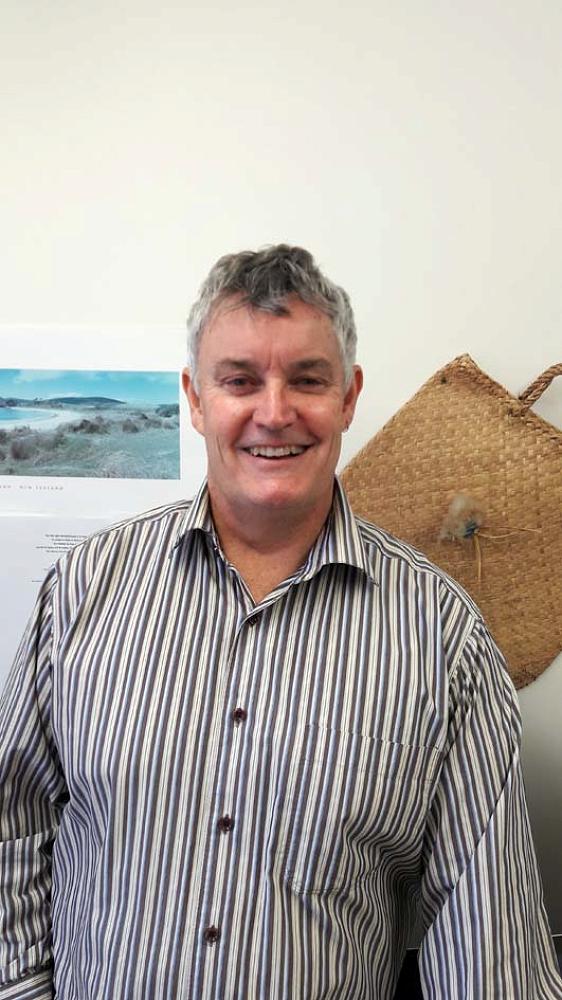
Stable governance to support radical change
Rethinking our governance model so it honours Te Tiriti and promotes equity.
Te Hāhi Weteriana has expressed its desire to support radical change so that our existing structures and systems reflect seismic global changes. In October 2021, David Hanna, Director Wesley Community Action, produced a think-piece focussing on governance and whether adopting alternative models can support the church as it negotiates and responds to the changes ahead.
We are increasingly aware of seismic changes happening to the world. These human-caused changes require change to our human-designed structures that have contributed to this situation. One key structure is governance. This is critical as it sets the strategic directions for organisations.
Te Hāhi Weteriana supports radical change - the bicultural movement and the need to tackle both climate change and inequality. How fit is Methodism’s governance structure to support transformational change in Aotearora?
Wesley Community Action (WCA) is one Methodist organisation that is critically reflecting on its governance model and how it needs to change. This article shares some of this journey, the questions we are asking and the steps we plan to take.
The starting question is, ‘Is our current model of governance equipping us to negotiate and respond to our radically changing world?’ And if it isn’t, what are some possible new models?
The current model of governance
It is critical to understand that WCA and the Methodist Church have adopted one of many models of governance. It was developed by John Carver in the 1970s and is known as Policy Governance or Carver model. This model is used so widely that many assume it is the only way to exercise governance. It was developed for commercial enterprises but it has become the norm across all sectors – private, state and the community. It establishes a clear differentiation between governance and management responsibilities.
Forces driving change
WCA has reflected that it is outgrowing the Carver model. The intent to become a Kaupapa Te Tiriti organisation and growing focus on social movements are two drivers challenging this model. As a result, the board has evolved how it works. Some of these adaptations include: dividing the board agenda into three categories, dedicating the prime meeting time to having an in-depth session with a generative focus, holding a hui-a-tau where all kaimahi can reflect on the direction of WCA, encouraging different kaimahi teams to attend board meetings, and critically reflecting on how Māori exercise tino rangatiratanga in the governance of WCA.
Other models of governance
Our WCA inquiry has led it to consider other models of governance. Each of these have strengths and weaknesses. Some key ones are:
Co-operative governance
The co-operative movement grew out of the oppression of the British working class (a link to Methodism?). In the village of Rochdale in 1844 striking weavers opened a co-op grocery store to help them get out of debt to the company store. Interestingly four years after Te Tiriti o Waitangi was signed in Aotearoa, people in England were trying to create collective enterprises that were more just and equitable – not unlike hapu and iwi economic structures that British colonisation worked to destroy.
Within a co-op the expectation is that everyone is responsible for working together effectively, to be accountable and able to empower others, be focused on purpose, and participate in ensuring a healthy democracy.
Distributed and Teal governance
This model is gaining traction and is aided by new technology. This new technology enables an organisational system to function without hierarchy where all participants have equal power and opportunity for input. Introduced in 2014 by Frederick Laloux, the Teal version advocates workers’ self-management and represents a shift from a mechanistic view of the organisation to an organic entity.
Towards a new model of governance for radical change
Reflecting on the change that is occurring in WCA, it became apparent that aspects of each of these new models are reflected in WCA. This new approach views governance as a system involving the whole organisation where whānau, kaimahi (staff), the board and the Methodist Conference all contribute to the robust system of governance. This emerging governance system is informed by three key understandings:
- WCA as a Kaupapa Te Tiriti organisation The governance system ensures that Māori voice and knowledge have the power to shape the mahi and direction. This is not driven by numbers. It promotes a whole organisation understanding of governance whereby Māori located in different parts of the organisation can exercise their power in shaping the direction and mahi of WCA.
- WCA as a co-operative The work and knowledge built up in WCA is owned by the range of people that it is in service of and those who provide the services. From this understanding, WCA seeks to operate like a ‘co-op’ or a community where, no matter what role someone has, there is the expectation that everyone is responsible for working together effectively. Everyone is accountable and aims to empower others, to be focused on purpose and to participate in ensuring a healthy democracy.
- WCA as a backbone entity This is a series of nested relationships. Te Hāhi (Methodist Conference) provides the overarching backbone for WCA, WCA provides a backbone for services and social movements, social movements provide the backbone for locally led initiatives and services provide the backbone for whānau to define what is better for them.
This process is ongoing for Wesley. To date it has been a valuable and insightful journey. Hopefully, it is of value to the wider church.
